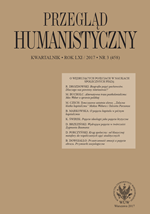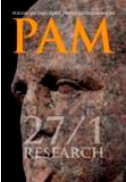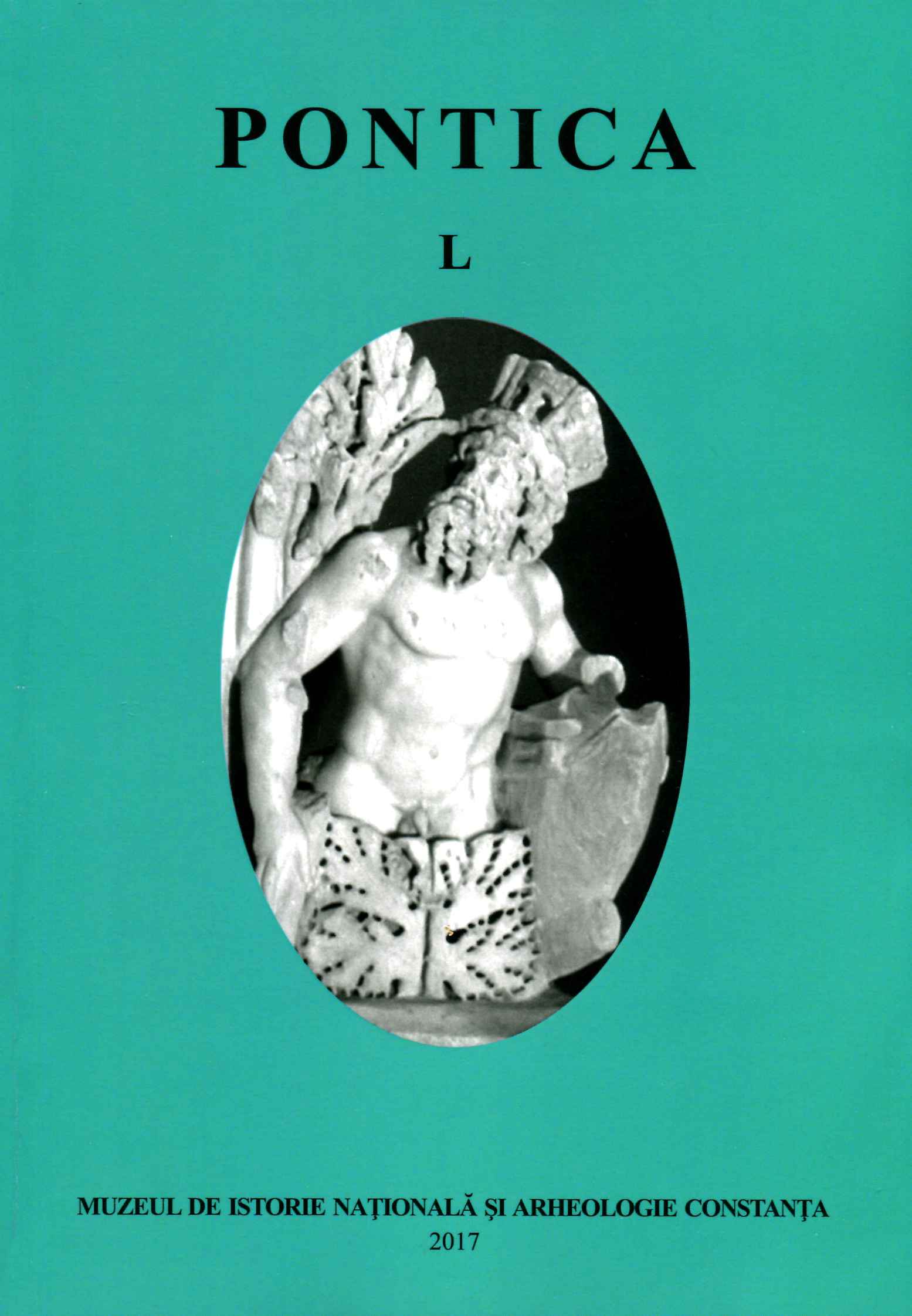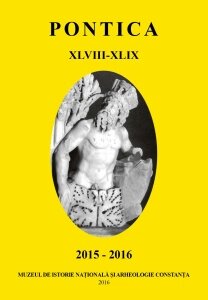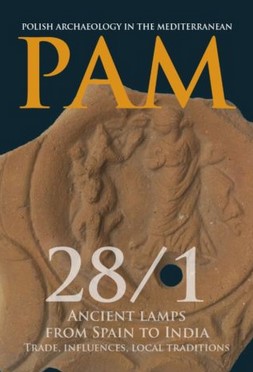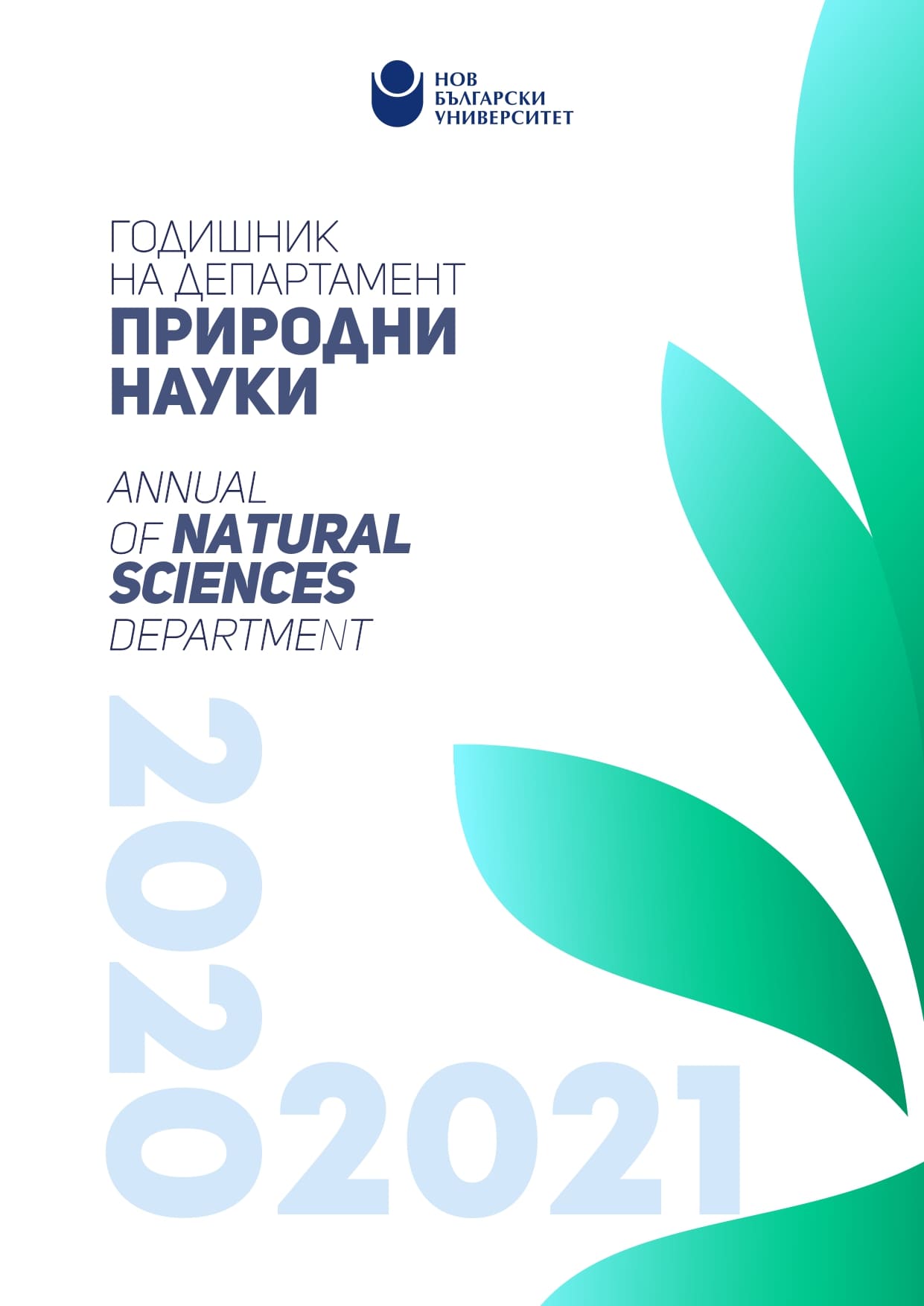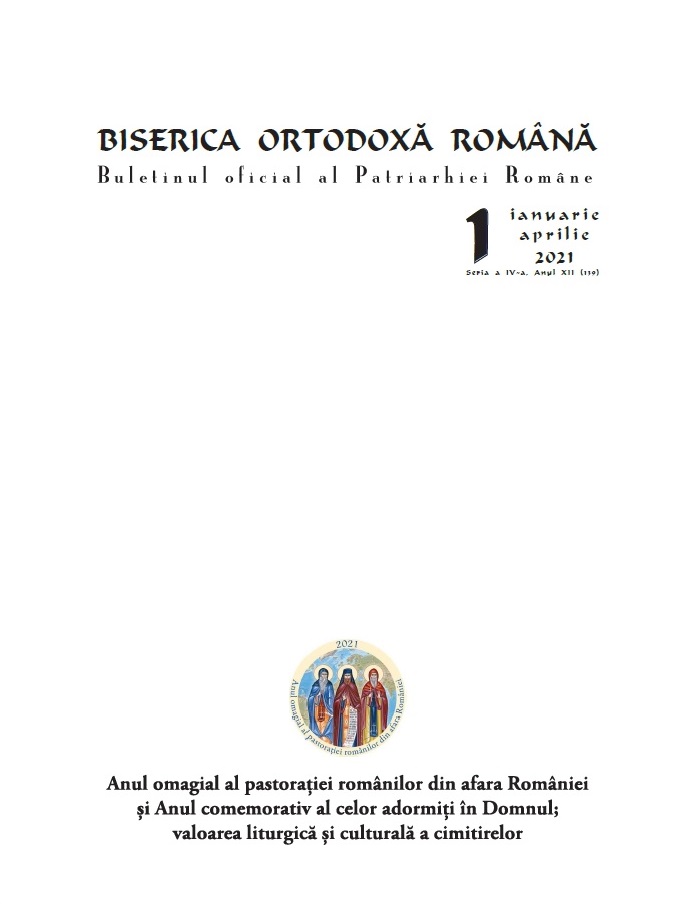Author(s): Ionuţ Holubeanu / Language(s): Romanian
Issue: 50/2017
The subject of the present paper is the ecclesiastical organization in Moesia Secunda during the V-VII centuries A.D. The start point is represented by Encyclia (457/8) of the Emperor Leo I (457-474). It is on the basis of this document that the author determined the structure of the church in Moesia Secunda in 457/8, i.e. Marcianopolis (metropolis), Abritus, Appiaria, Durostorum, Nicopolis and Novae (suffragan sees) (ACO II.5, 24.15, 32.26-30; HOLUBEANU 2016, p. 24-33). Encyclia (457/8) also evidenced that the see of Odessos had a special status at that time (ACOII.5, 32.26-30: Dizza episcopus ciuitatis Odissae Scythiae). Accordingly, although Odessos was a city of the civil Roman province of Moesia Secunda, its bishopric was subordinated to the metropolitan see of Tomis, in Scythia. This special status of the see of Odessos lasted from 381 to 536 (see HOLUBEANU 2015-2016, p. 37-41). It is very likely that the same ecclesiastical organization was in existence in 527, too. This can be inferred from Hierocles' Synecdemus (c. 527) and the Emperor Zeno's law in 480. The latter stipulated that every city (πόλις/civitas) of the Empire must have his own bishopric (CJC 2, I.3.35(36), (KRÜGER 1884, p. 23-24)). On the other hand, Synecdemus evidenced that there were seven cities, i.e. Marcianopolis, Odessos (ecclesiastically still subordinated to Tomis in 527), Abritus, Appiaria, Durostorum,Nicopolis and Novae, in the civil Moesia Secunda around 527 (HONIGMANN 1939,636 (2-8), p. 13). On the provisions of Zeno's law, it is to be inferred that, excepting Odessos, these cities were also the bishoprics of the ecclesiastical eparchy of MoesiaSecunda at that time. Assessing the evidence in the historical sources, the author argues that the ecclesiastical structure in Encyclia and that in Synecdemus-Zeno uninterruptedly lasted from 457/8 until 527. He also emphasizes that the structure has not been attested in any of the preserved Notitiae episcopatuum, neither in a complete, nor in an incomplete form. In fact, the metropolitan see of Marcianopolis is attested with Durostorum, Transmarisca, Novae, Zekedepa (=Tsarevets?) and Scaria as its subjects in Notitiae 1-2 and 4 (DARROUZÈS 1981, 1, 32, 444-449, p. 213; 2, 32, 512-517, p. 227; 4, 31, 462-467, p. 260), and with Transmarisca, Novae, Zekedepa and Scaria in Notitia 3 (DARROUZÈS 1981, 3, 44, 727-731, p. 244). It is very likely that these two lists in Notitiae 1-4 were just corrupt copies of an archetype drew up under the patriarch Epiphanius of Constantinople (520-535). The archetype had listed Marcianopolisas metropolis, and Durostorum, Transmarisca, Appiaria, Novae, Zekedepa, Scaria(?), Nicopolis and Abritus as its suffragan sees. It is a structure that succeeded that of Encyclia and Synecdemus-Zeno, lasting approximately from 527 until May 536. It is also possible that Palaistene (=Palmatae?) was organized as a new bishopric in Moesia Secunda by the end of this time span. Its existence is attested in Notitia 3, among the suffragan sees of Odessos (DARROUZÈS 1981, 3, 36, 610, p. 241). In May 536, Odessos became the new ecclesiastical metropolis in Moesia Secunda(see HOLUBEANU 2015-2016, p. 37-41). It is very likely that the new structure of the eparchy was displayed at that time – c. 536 – in an archetype list drew up under the patriarch Menas (536-552). A corrupt copy of this archetype is to be found in Notitia 3 (DARROUZÈS 1981, 3, 36, 603-610, p. 241). The author concludes that Odessos, as metropolis, and Novae, Appiaria, Transmarisca, Durostorum, Marcianopolis, Scaria(?), Abritus, Zekedepa, Nicopolis and Palaistene, as suffragan sees, was mentioned in the archetype list from c. 536. In fact, this was the ecclesiastical structure in Moesia Secunda in that year.A new bishopric, i.e. Asemus-Osamsko kale (Cherkovitsa, Pleven Province,Bulgaria), was organized under Justin II (565-578). Another one, i.e. Cape Sveti Atanas(near Byala, Varna Province, Bulgaria), was organized sometime between 536 and586/87. It is possible that other bishoprics were organized at Sucidava (Izvoarele,Constanța County, Romania), Theodoropolis (unknown, Bulgaria), Iatrus (Krivina,Ruse Province, Bulgaria), Shumenska krepost (Shumen Province, Bulgaria), Krumovokale (near Targovishte, Targovishte Province, Bulgaria), Gradishteto-Gabrovo (GabrovoProvince, Bulgaria), Kilifarevo (Veliko Tarnovo Province, Bulgaria), Storgosia (Kaylaka,Pleven Province, Bulgaria), Gradishteto-Vojvoda (Shumen Province, Bulgaria), Obzor(Burgas Region, Bulgaria) or Ekrensko kale (near Kranevo, Dobrich Region, Bulgaria) sometime between 536 and 586/87, too. Their existence draws support from archaeological evidence and/or literary sources (Procopius of Caesarea, Theophylact Simocatta). However, neither Cape Sveti Atanas and Asemus, nor the hypothetical sees were mentioned in Notitiae. In fact, none of the ecclesiastical structure of Moesia Secunda subsequent to that in May 536 and preceding that in around 614 was displayed in any of the preserved Notitiae.The last ecclesiastical structure in Moesia Secunda displayed in Notitiae is that around 614. It seems that all the ordinary bishoprics of the province were abolished during the Slavo-Avar invasion. Only the metropolitan see of Odessos managed to survive. However, losing its suffragans, the see of Odessos was reduced to the rank of anautocephalous archbishopric, i.e. a titular metropolis, at that time. This data is preserved in Notitiae 1-2, 4-5 (DARROUZÈS 1981, 1, 39, p. 205; 2, 42, p. 217; 4, 40, p. 250; 5,44, p. 265). It is very likely that the information originated in an archetype list that was drawn up under the patriarch Sergius I (610-638). At the end of the paper, the author exposes few remarks on the preserved Notitiaeepiscopatuum and he concludes that none of these is a clean document. In fact, all Notitiae combined two different historical stages in regard to Moesia Secunda. Notitiae1-2, 4-5 combined that between 527 and 536 with that after the Slavo-Avar invasion,while Notitia 3 combined that between 527 and 536 with that starting in May 536.Finally, the author examines the outcome of a possible early dating of Synecdemus,i.e. c. 500. If such a dating is correct, it is possible for Transmarisca, Zekedepa and Scaria (?) to have been organized as episcopal sees even between 500 and 527.
More...
